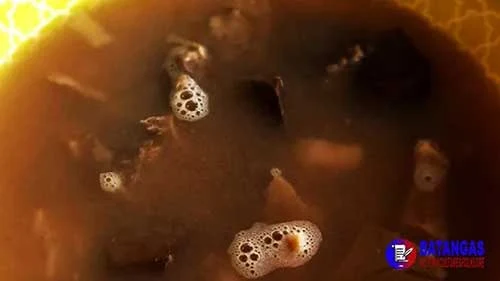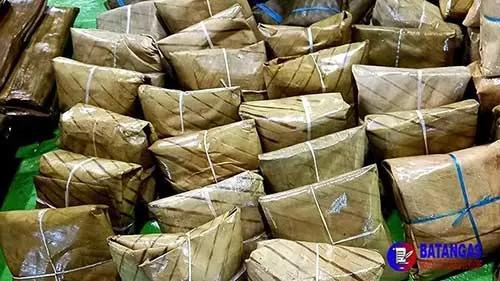[CULTURE] 5 Famous Foods of Batangas
Batangas may be known more for its beaches and the dialect spoken by locals than its culinary traditions, but there are nonetheless foods that one immediately associates with the province. Below are some of these.
LOMI
Any visit to the Province of Batangas invariably must include a side trip to one of the countless lomi joints that have sprouted around the province since it was first served in Lipa City in the 1960’s by the Chinese expatriate To Kim Eng. Originally just a noodle dish with slices of pork, liver, shrimp, kikiam and meatballs in a thick broth, the lomi has morphed into countless variants that may include chicharon (crackling), chicken, ground meat and many other ingredients. Needless to say, the competition between diners that serve lomi is fierce, and hence the continuous innovation; but the one thing constant among all versions of lomi in Batangas is the absence of vegetable.
SINAING NA TULINGAN
The term “sinaing” is really more commonly used in eastern Batangas; in the west, the preferred word is “pinangat.” Not the sort of dish you will find in a 5-star hotel restaurant but more commonly in a Batangueño household. The tulingan (mackerel tuna) is cleaned, flattened and salted; then neatly laid inside an earthen pot (palayok); dried calamias (bilimbi) and strips of pork fat are added along with water and then boiled for hours on end, sometimes overnight, until the water has been reduced into what is called “patis” and the fish is tenderized down to the bones. Best served with tomatoes, sibuyas tagalog1and, if these are available, paho2.
GOTONG BATANGAS
It is important to append the name of the province to this dish, because goto elsewhere will not be the same as the one in Batangas. The word “goto” is a loan word from Hokkien Chinese and means “ox tripe.” In other places in the Philippines, the goto is cooked with rice in a congee and used to be called “arroz caldo con goto” or rice broth with ox tripe. For reasons undiscovered, congee with chicken has come to be known, over time, as “arroz caldo.” Meanwhile, that with ox tripe has been shortened to simply “goto.” In Batangas, the goto is a dish of ox tripe, blood, slices of beef and other ox innards cooked in a broth flavored with garlic, onions, ginger and ground black pepper and salt or patis (fish sauce). It is notable for the absence of congee, albeit a bowl of Batangas goto is nonetheless ordered with rice.
TAMALES
Most probably a Filipino take on the Mexican tamale, made with finely ground glutinous rice — locally called “malagkit” — instead of the corn used in the famous Mexican delicacy. The Batangas version has ground beef or pork or strips of chicken, ground peanut, perhaps salted egg along with the obligatory spices used as filling inside the ground glutinous rice which is then wrapped with strips of banana leaf and steamed. As a matter of curiosity, though, what is called tamales in the City of Lipa does not share any similarity with the Mexican tamale but instead is a rice cake wrapped in banana leaf that is called else where as the “suman sa lihiya” (rice cake with lye).
PAKASKAS
The pakaskas is a Batangueño delicacy that is, regrettably, not as commonly available in the market as it used to be. It is made from the sap of the buri palm, which is painstakingly collected and then boiled until it becomes a sticky caramel. When cooked, it is cooled and then placed in woven containers also made with buri leaves and then hung to dry and harden. The pakaskas may be used as a sweetener or eaten as a snack or dessert.
Notes and references:
1“Sibuyas tagalog” is otherwise known as “Chinese red onion” or “Chinese red shallot.” “Sibuyas tagalog,” online at Philippine Medicinal Plants.2“Paho” is also otherwise known as “pahutan mango,” often picked whilst still miniature and served as a salad in Batangas. “Paho,” online at Philippine Medicinal Plants.





